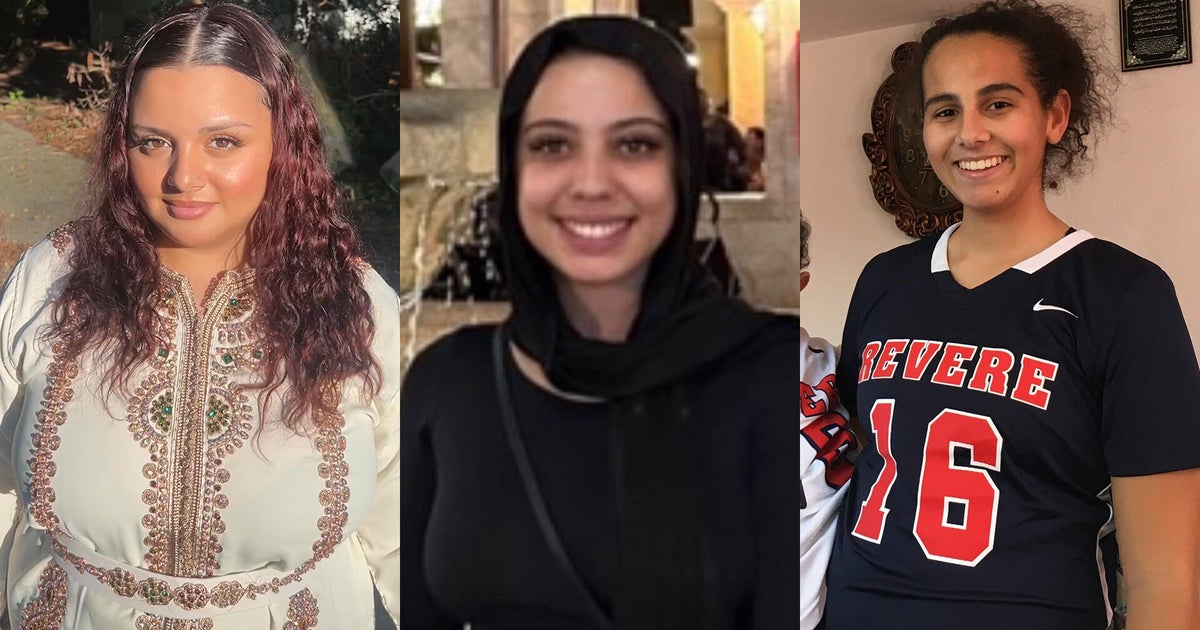Couple work to unearth secrets of lost Mayan civilization
An American couple is using advanced technology to unearth an ancient civilization that might hold the key to building the cities of the future.
Diane and Arlen Chase share a lifetime commitment to exploring. In 1985, the pair came to the ruins of Caracol, an ancient Mayan city in Belize that was first discovered in 1937, and that includes the country's highest structure.
Diane Chase said when they first arrived, there was "no architecture visible," and it all looked like simple hillside. Since then, they have excavated over 400 buildings and uncovered hundreds of thousands of artifacts. At first, they relied on traditional archeological methods, but that all changed in 2009, when they were able to try a revolutionary technology called LiDAR, an airborne laser mapping system that can see through trees and reveal hidden spots that might otherwise have taken decades to discover.
Adrian Chase, the couple's son, gave CBS News a demonstration, revealing how the technology can make it seem like the area is nothing but bare earth and provide a sense of different structures in the landscape.
"When we saw the results of the LiDAR, it was phenomenal, because all of a sudden we had control of space. We could see where the structures were and where they were not underneath those trees," Arlen Chase said. "It is equivalent, in our minds, to radiocarbon dating. Radiocarbon dating gives us control of time. LiDAR could give us control of space in the Maya area."
Learning about the city of Caracol does more that inform about the past: The Chases said that it could also be an inspiration for urban planners today.
"If you look at how Caracol is built, it is an incredibly planned city. I think we could learn something for the plan. It's a walkable city, it's a green city. The reservoirs are located so that folks have access, there are fields near almost every house. In addition to that, almost everyone can get to a market," Diane Chase explained.
The area isn't entirely urban: There are also what Diane Chase described as suburbs, or residential sites. Some of those sites were discovered with the LiDAR technology. In this excavation, the Chases are looking for architecture that can tell them how many people lived in the area's homes. The dig is done by hand, Diane Chase said, the same way those homes were first built.
Almost as impressive as the uncovered ruins is the teamwork between the Chases. The two even finish each other's sentences.
"We work together really well," Diane Chase said. "Some people say 'How can you work with your husband?' or 'How can you work with your wife?', not knowing us, of course, and we are a good team."





